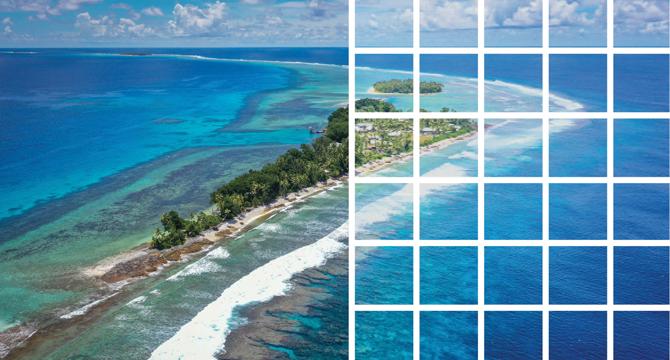COSMOS
4w
395

Image Credit: COSMOS
Mirror worlds: Can digital twins save humanity?
- Tuvalu, a low-lying Pacific nation, faces sea level rise faster than the global average, leading to plans to replicate the entire nation virtually.
- The 'Future Now' initiative aims to create a digital twin of Tuvalu on the Metaverse to preserve cultural heritage and conduct administrative processes.
- Digital twins, evolving from simulations in aerospace missions in the 1960s, now offer real-time data reflections of physical spaces with potential in diverse industries.
- Projects like DestinE aim to create a digital twin of Earth with advanced resolutions for climate predictions and adapting to climate change challenges.
- Advancements in technology enable simulations like a digital twin of Singapore for urban planning, flood risk identification, and infrastructure development.
- Challenges in developing digital twins include balancing data complexities, predictive accuracy, and understanding AI-driven predictions.
- Researchers use LiDAR technology to create digital twins of buildings, cities, and even entire countries to predict impacts of climate change and plan responses.
- Digital twins offer opportunities for scenario simulations, personalized healthcare planning, and climate adaptation strategies on various scales.
- For vulnerable nations like Tuvalu, facing the threat of submersion due to climate change, digital twins provide a means to prepare for worst-case scenarios.
- The ambition to complete a full digital replica of Earth by 2030 raises questions about the efficacy of digital twins in replicating a world facing environmental collapse.
- While digital twins hold promise in predicting climate change impacts, challenges lie in data complexity, model prediction transparency, and real-world validation.
Read Full Article
23 Likes
For uninterrupted reading, download the app